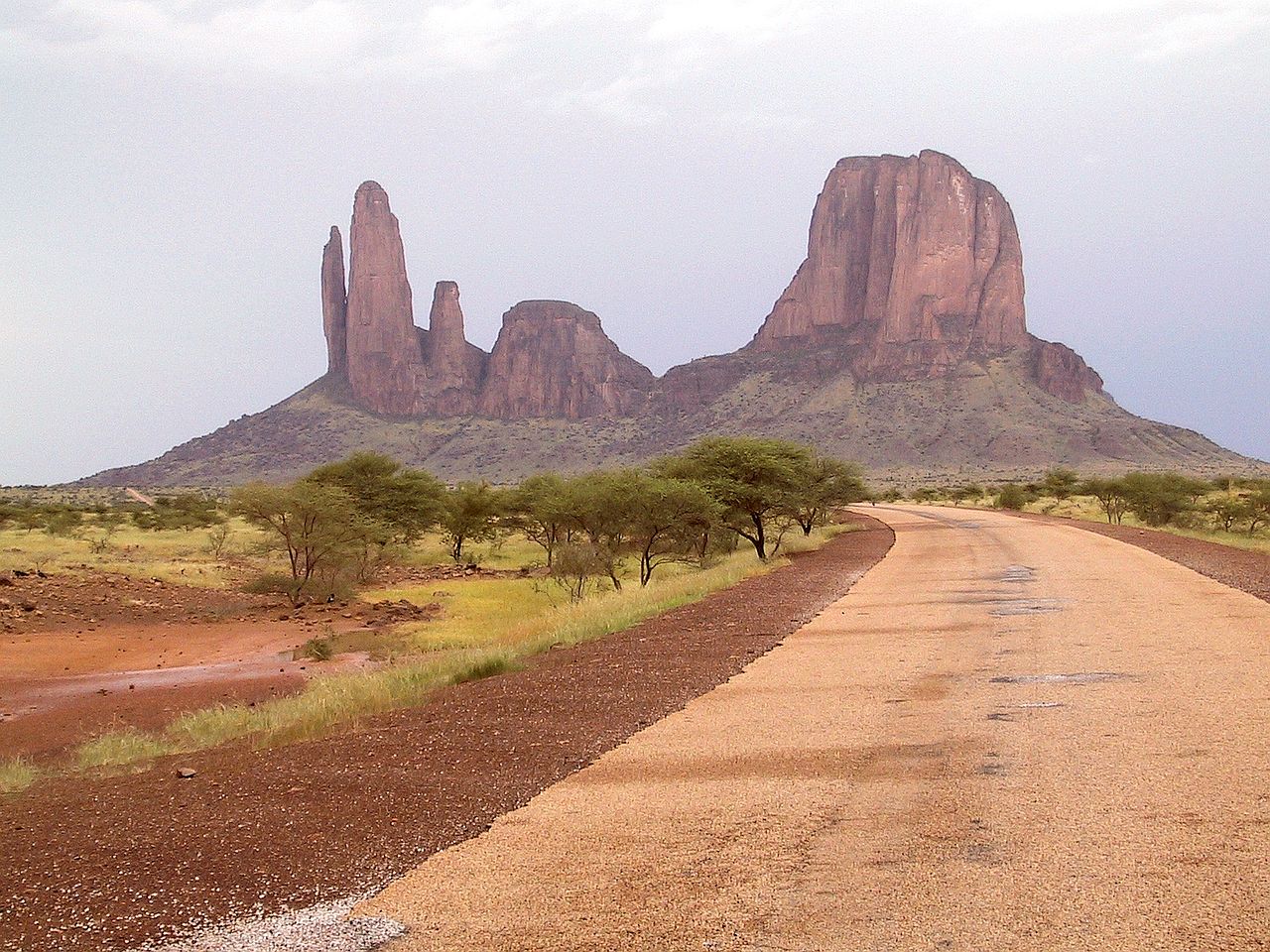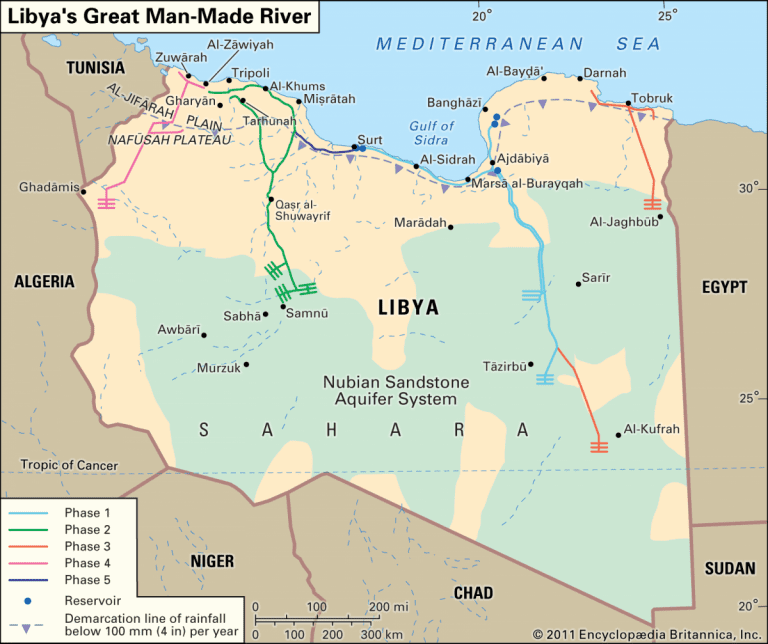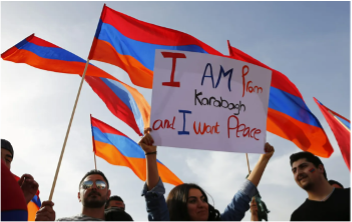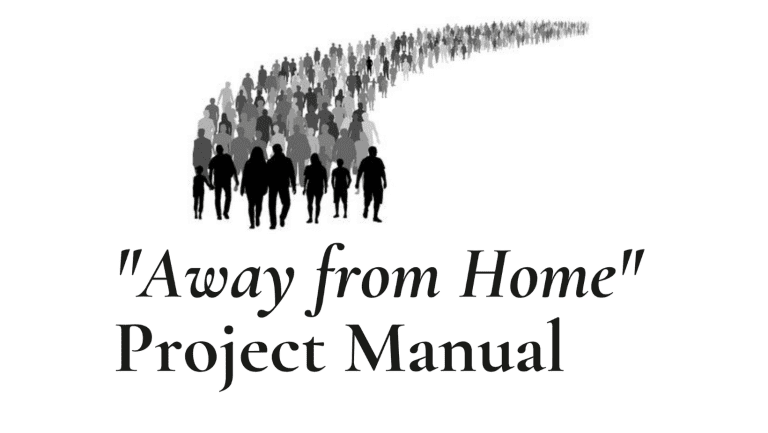What’s after Barkhane? Climate security policy in Mali
1. Genealogy (Short historical overview of conflict)
Emmanuel Macron’s recent announcement that France will end opération Barkhane, an eight-years anti-terror military operation in the Sahel, sparked a vivid debate in France. Was that mission taking the right angle to apprehend the security dilemma in Mali?
Soon after, Macron announced that an international cooperation mission would replace the 5,100 French troops, just like the UN operation, MINUSMA replaced the French mission, opération ‘Serval’, in 2013. This is an opportunity for the EU to seize a more assertive climate security role in the Sahel. What can we say about the current European role in Mali? How can we learn and prepare for future operations?
2. Topic at hand
– what is at stake
Mali is located in West Africa, bordering Algeria to the north, Mauritania, Senegal, Guinea to the West, Côte d’Ivoire, and Burkina Faso to the South and Niger East. It gained its independence from France in 1960 but quickly experience insurrections in 1963. A coup in 1968 destabilized the country during the 70s and 80s before finally establishing a standing democracy in 1991. In 2012, another coup in the north set the hopes for stability ablaze and fueled the rise of extremism and violent armed groups. Scholars often cite political instability, structural exclusion, conflicts between ethnic groups, socioeconomic marginalization and competition over scarce natural resources as root causes of the crisis. Additionally, porous borders and tensions over rarefying natural resources gradually affected cross-border cooperation and made development efforts harder. Terrorist groups and communal violence have greatly diminished States’ control over certain parts of their territory, essentially making development or regal duty impossible. In this context, how can climate actions have a strong impact?
-what is the puzzle
In April 2021, the High Representative of the EU, Josep Borrell, visited the Sahel region, namely Mauritania, Chad and Mali. This visit took place one year after the 2020 EU-G5 Sahel Summit. It was the occasion for the EU to monitor the evolution of their strategy on the ground and reveal their new EU Strategy for Sahel. Mali and other Sahel countries are essential economic allies for European countries. Thanks to their primary resources, significant potential for renewable energy and rich human potential (the regional population is meant to double by 2050).
The strategy document mentions sustainable development, environmental protection, habitat and biodiversity preservation and combating desertification, recognizing the drastic impact on local populations and society. For instance, one noticeable mention would be promoting sustainable agriculture practices, reducing food and nutrition insecurity. As the EU wants to assert itself as a global leader in climate policies and develop more comprehensive and concrete policies, it seems like Mali would be an opportunity to show its true potential. For instance, promoting sustainable agroforestry practices in the region could help with soil erosion problems, heat waves, and food insecurity, and it is well within the EU’s policy lines (Biodiversity strategy and Farm to Fork strategy).
3. Facts and figures
– what are the main alarming signs in Mali?
Human livelihood and societal resilience are heavily impacted by climate change and environmental degradation. Extreme weather and disasters such as droughts or floods directly impact citizens well-being, economic and cultural prosperity, and sustainable development. Such extreme conditions affect vulnerable and marginalised people the most, often causing or exacerbating large-scale migrations, ethnic rivalries, conflicts over natural resources and jeopardising peace. With higher temperatures and lower access to freshwater resources on top of seasonal instability, fishing, agricultural, and livestock practices are steadily relocating to the south. This migration dynamic creates a more broad mix of ethnic groups, higher population density, and resource competition between pastoralists, fishers, and farmers. Migration to the southern tropical region is one of the primary responses to the aridification and higher temperatures of the Saharan region. With future predictions showing higher temperatures and even more uncertain rain variation, solutions need to tackle security, conflict and environmental degradation, biodiversity, food insecurity, and livelihood. So, which are the actors active in Mali?
-what are the contentious parties?
A large part of the country is affected by violent conflicts in the northern and central regions, while the south faces instabilities and tensions. Although conflicts are not the only issues, weak governance, lack of legal institutions, and inequalities fueled by food insecurity increase social pressure. These issues have normalized violence and increased tensions between communities. As a result, violent extremism has grown in the region. Groups like Ansar Dine and al-Mourabitoun have been present for years. Still, some newcomers like Katiba Macina have also emerged recently. To respond to these rising groups, a lot of military operations are currently taking place in Mali, including the UN, the EU, ECOWAS and France.
Important to mention is that military operations face more and more pressure each year to answer more frequent and more substantial climate-driven crises. The crises are multiplying, but the military missions also face additional pressure from the environment. With lesser freshwater resources, rising sea levels and farmland disappearing to erosion, there is a growing need for faster actions to address climate risks in security and military crises. The future missions replacing the Barkhane operations must include experts to reduce the military operation’s footprint and ecological development specialists providing local activists and professionals with resources and advice on water management, land use, and biodiversity conservation. Thus, since the French operation is coming to an end, it might be an appropriate time to reassess the needs of the local populations in regards to strengthened livelihood and ecological resilience, and push the EU for further intervention.
4. Analysis: European Climate Security Policy and Peacebuilding in Mali
In 2016, the EU repeated its commitment to engaging on the terrain of climate security and recognised climate change and environmental degradationdegradation’s potential to intensify conflict (see A Global Strategy for the European Union’s Foreign And Security Policy). Although, there is a gap between adopting a policy and implementing a policy, and the EU’s response to climate and environmental security challenges in development policies might take a long time before being implemented correctly in foreign policy.
In May 2020, the EU released a relatively comprehensive biodiversity strategy with clear goals and actual ideals. While the paper was not perfect and a bit lax when it came to marine protection, it was clear that the strategy benefited from experts recommendations and laid the foundations for exciting action plans. These recommendations for internal measures are a significant step towards halting climate change and increasing livelihoods. So why not develop a new EU global strategy Foreign And Security Policy, looking towards 2050 with similar ambitions and ideas?
The 2015 development consensus is structured around the ‘5 Ps’ framing the 2030 Agenda: People, Planet, Prosperity, Peace and Partnership. The section entitled “Planet – Protecting the environment, managing natural resources and tackling climate change” includes four main environmental policy “themes”. Resource efficiency and sustainable consumption, conservation and sustainable management and use of natural resources, conservation and sustainable use of biodiversity and ecosystems, energy efficiency, renewable energy generation and clean technology development and the one we are most interested about when talking about Mali, integrating environment and climate change throughout development cooperation strategies, including by promoting a sound balance between mitigation and adaptation.
Although, as we have seen earlier, specialists on-site are helping to make military missions environmentally less harmful, they usually do not actively support the ecological conservation of lands, water management or biodiversity. An integrated approach to these missions where environmental officers and policy-makers would play a more prominent role in developing the strategies and policies could be incredibly beneficial. For instance, when comparing the development consensus and the new EU Strategy for the Sahel, one could argue that “the conservation and sustainable use of biodiversity and ecosystems” announced in the former was not a focal point of the latter (it is stated: ‘the EU will encourage the countries of the Sahel in their efforts to achieve sustainable and inclusive development as preserving biodiversity and combating desertification). If my high school teachers would have graded this strategy, I do not doubt they would have given a half-point for participation but marked it as an incomplete answer. It is already good to see heads of states mentioning sustainability in a foreign affairs file. Although, we must go further and give environmental experts a more significant role in defining foreign policy.
5. Concluding remarks (final round-up)
With the French military “leaving” the country, the EU has an opportunity to assert itself as a reliable ally of Mali. There is no doubt that with vacuum from the Frenchfrench operation, the UN or the EU will have to step up and launch their crisis management operation. This is where the EU could shine by offering an integrated approach to crisis management. Contrary to the EUTM (Training Mission) and the EUCAP (Capacity Building) Mali missions, more focussed on supporting the local forces, military and police, a new mission with military and expert civilian intervention could have a very positive impact on the region. With already two operations focused on developing security, a new EUAM (Advisory Mission) Mali focussed on economic stability and ecological prosperity could be the missing element and a key to sustained livelihood.
For livelihoods to support peacebuilding efforts, they must be resilient. This means that they need to recover from environmental stresses and adapt to potential environmental shocks. Environmental impacts and risks assessments are essential to understand the needs of the population and the threats to the environment. These assessments could be part of the first peacebuilding programs of the new missions, with goals as broad as ensuring food security, ensuring access to fresh water for agriculture, resolving conflicts between landowners, farmers, pastoralists and ethnic groups. With that double-hat of ecological preservation and conflict resolution mechanism, this mission would serve as a slow, very localised post-conflict peacebuilding mission. With new livelihood processes, the mission could even support the reintegration of ex-combatants. The operation would charge it with providing peace dividends to support the local development and independence of the region.
Mali’s different conflicts and quarrels have taken a heavy toll on the local population’s livelihoods by affecting all available natural resources such as the Niger River, available lands and forests. For instance, between 1990 and 2010, Mali lost 11.2% of its forest cover or around 1,582,000 ha. Loss of forests and other natural resources essential for well-being, economic well-being, and food security represents higher unemployment and fewer opportunities for citizens to be independent of extremist groups. In conflicts, natural resources can be destroyed or overexploited to fuel rebel groups. Such wreckage can also come from bad governance; conflicts can harm physical infrastructure and governance mechanisms. Thus, evaluating the impacts of the conflicts on livelihoods and natural resources will determine the civilian mission’s orientation in supporting long-term livelihood opportunities. Embedding environmental dimensions to CSDP missions and EU foreign policy-making is a capital way forward to have a real impact and showcase the EU as the standard-bearer of sustainability. Creating sustained livelihood will will not only have a positive impact on the local populations and economy but will also create stronger ties between Sahel countries and the EU while asserting the EU as the global leader in sustainability, able to impose quality standards on imports and foreign relations.
Robin Fontaine is a Leiden University Graduate in Crisis and Security Management. He is specialized in environmental security and climate policies. He is working at Volt Europa and Clima Talk in communications and policy, as well as taking part in the Geneva Peacebuilding Platform environmental security white paper through the Young Peacebuilder Academy. Don’t hesitate to reach out!
